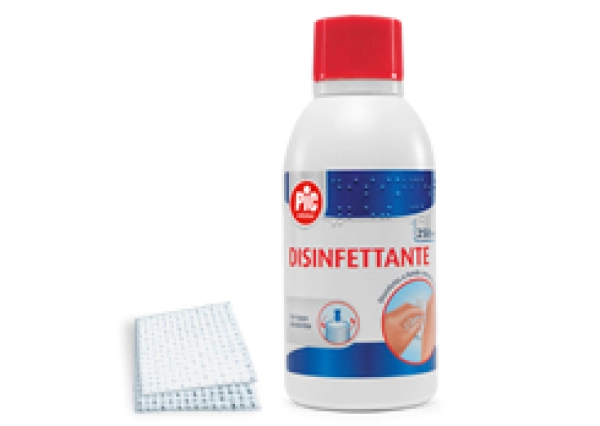

The first thing to do to care for a post-operative wound is to protect it from the microorganisms and bacteria that are always on the lookout to cause infection. Should that happen, it really would be trouble! Here are the key words for how to treat your surgical wound: hygiene and cleanliness.
Hygiene and cleanliness are the 2 golden rules to follow, by first cleaning the wound, even if it's just with water, but make sure to do it often. Be careful not to touch the stitches, which could pop out if they're touched. As an alternative to water, we recommend you use a gauze bandage soaked in saline solution.
Now let's move on to the most important things to do. If you want to eliminate or reduce the possibility of your surgical wound becoming infected, you'll need more than water. To avoid bacteria and other toxic substances from getting into it, you'll have to treat it every day with a suitable antiseptic. Talk to your doctor: he will be able to tell you which is the right one for your surgical wound.
To protect your surgical wound, you'll also have to apply that very common device, an adhesive bandage. Find out about which type to choose, and ask your doctor or surgeon for their advice too. Do you know what the adhesive bandage's trump card is? It keeps the edges of the wound dry and also allows air to get to it. What's the result? A clear road to health for your surgical wound!
Are you as prepared as you can be for treating your surgical wound? It's time to get going. Have a look at the Pic it easy video too!






